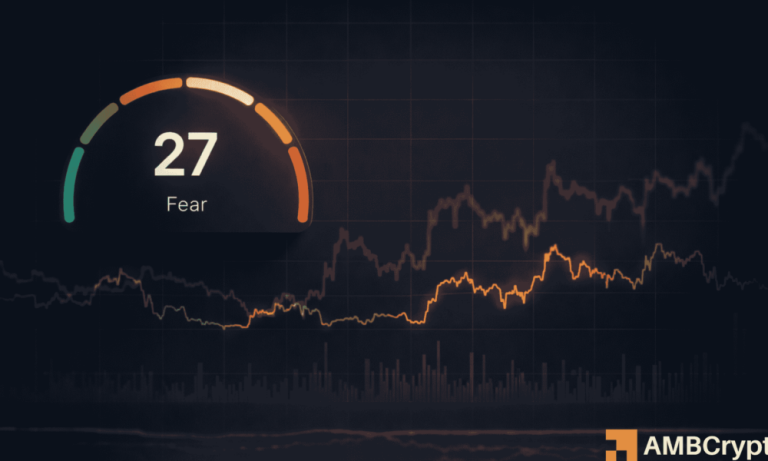
The Rising Popularity of Stablecoins and Their Risks
In recent months, stablecoins have been making waves in the financial sector as investors increasingly seek digital asset alternatives that offer stability and yield opportunities. However, this surge in adoption is raising red flags across traditional banking institutions and financial regulators globally.
Wall Street’s Concerns Over Stablecoins
Major players in Wall Street, such as JPMorgan and Bank of America, are warning about the potential risks associated with stablecoins. If stablecoin issuers start offering yields through affiliated financial services, it could lead to a $6.6 trillion withdrawal of deposits from U.S. banks. This creates a significant challenge for the banking industry as deposit funds serve as its backbone, enabling lending to families and businesses.
Stablecoins like Tether (USDT) dominate the market, but newer entrants from fintech firms and technology giants, including PayPal and Stripe, are increasing competition. This ever-growing ecosystem is not only about finance; it has become a political battlefield as well. Former President Donald Trump, for instance, has openly backed cryptocurrencies, directly challenging Wall Street’s dominance in the financial markets.
How Banking Could Change Due to Stablecoins
The global financial system faces a reshaping as investors shift from traditional bank deposits to yield-generating stablecoins. As deposits dwindle, banks warn that crucial lending activities may shrink, borrowing costs could rise, and overall economic stability could be disrupted.
According to a U.S. Treasury report, the stablecoin market—currently valued at $280 billion—could grow beyond $2 trillion by 2028. This shift underscores the urgent need for updated regulatory frameworks that address potential loopholes and protect the economy from liquidity risks.
Global Expansion and Innovations in Stablecoins
Beyond the U.S., other nations like Japan are entering the stablecoin arena. The Japan Financial Services Agency (FSA) recently announced plans to approve its first yen-based stablecoin. With such major developments underway, the stablecoin market is gearing up for a transformative phase in global finance.
For individuals seeking to participate in this growing digital asset segment, it’s essential to stay informed about regulatory changes, market opportunities, and technological advancements. One notable financial tool is the Ledger Nano X (available here), a secure hardware wallet designed to safely store stablecoins and other cryptocurrencies.
The Future of Finance
As the stablecoin debate intensifies, it is clear that their impact goes far beyond crypto enthusiasts. From reshaping lending models to redefining the balance of power in the financial world, stablecoins are at the forefront of a revolution in digital finance.
Stay ahead of the curve by subscribing to our weekly updates for real-time insights on Bitcoin, altcoins, DeFi, NFTs, and more.



